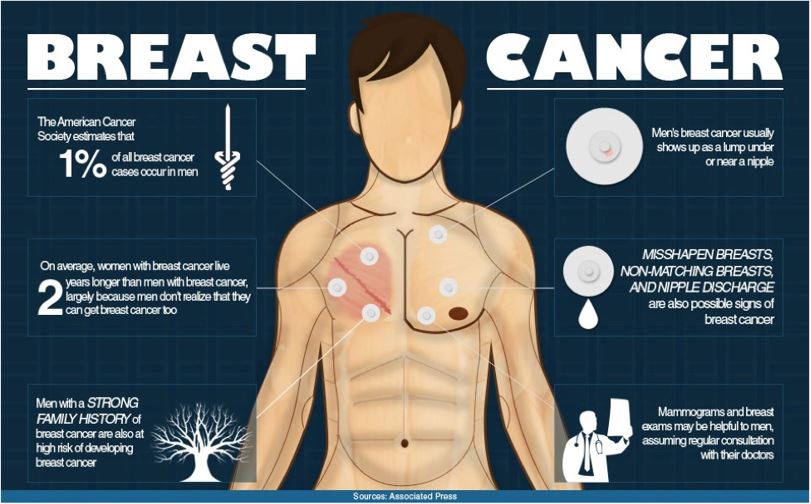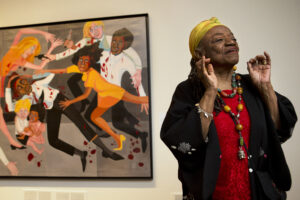Black News & Views
Breast cancer in men is rare, but it can happen. About one out of every 100 breast cancer diagnoses are found in men. Approximately 500 men die from the disease each year. And about one in 833 men will develop breast cancer in their lifetime, compared to 1 in 8 women who will develop breast cancer. Black men suffer from breast cancer at a rate of 1 in 9 compared to their white, male counterparts.
Shawn Skinner, who has been with the Miami Dade police department for 25 years, was diagnosed at age 44 with breast cancer. In 2014, he noticed the area around his breast and nipple area was irritated. After going to the doctor, and being assured that it was just an irritation, he was prescribed an ointment.
Later, he experienced a very painful mammogram and a biopsy. In the meeting with his doctor, he shared with Skinner that results of the biopsy were positive and he did have breast cancer.
For treatment, he went to Boca Hospital Lynn Cancer Institute and underwent 16 rounds of chemotherapy and 30 rounds of radiation. He is now a male breast cancer survivor.
Skinner’s message to men is “Sometimes we think we’re macho and unstoppable and sometimes we feel like we can cure everything with a pill like aspirin. I encourage them to get to know their body and if you see something wrong or feel something wrong, get it checked out… I like to encourage men to get checked out because, hey, we have breasts too.”
One of the most famous instances of breast cancer in Men was actor Richard Roundtree, the original Shaft who was diagnosed in 1993. He underwent a double mastectomy and chemotherapy and is currently a survivor.
The most common kinds of breast cancer in men are the same kinds in women:
- Invasive ductal carcinoma. This is when the cancer cells begin in the ducts and then grow outside the ducts into other parts of the breast tissue. Invasive cancer cells can also spread, or
- metastasize, to other parts of the body.
- Invasive lobular carcinoma. This type of breast cancer is when cells begin in the lobules and then spread from the lobules to the breast tissues that are close by. These invasive cancer cells can also spread to other parts of the body.
- Ductal carcinoma in situ (DCIS) is a breast cancer that may lead to invasive breast cancer. The cancer cells are only in the lining of the ducts, and have not spread to other tissues in the breast.
Symptoms in men include:
- A lump or swelling in the breast
- Redness or flaky skin in the breast
- Irritation or dimpling of breast skin.
- Nipple discharge
- Pulling in of the nipple or pain in the nipple area
Possible causes for breast cancer in men include, but not limited to:
- Getting older
- Genetic mutations
- Family history of breast cancer
- Radiation therapy treatment
- Hormone therapy treatment
- Klinefelter syndrome
- Liver disease
- Overweight and obesity
Treatment may include surgery, chemotherapy, radiation therapy, hormone therapy and other types of targeted therapy.






